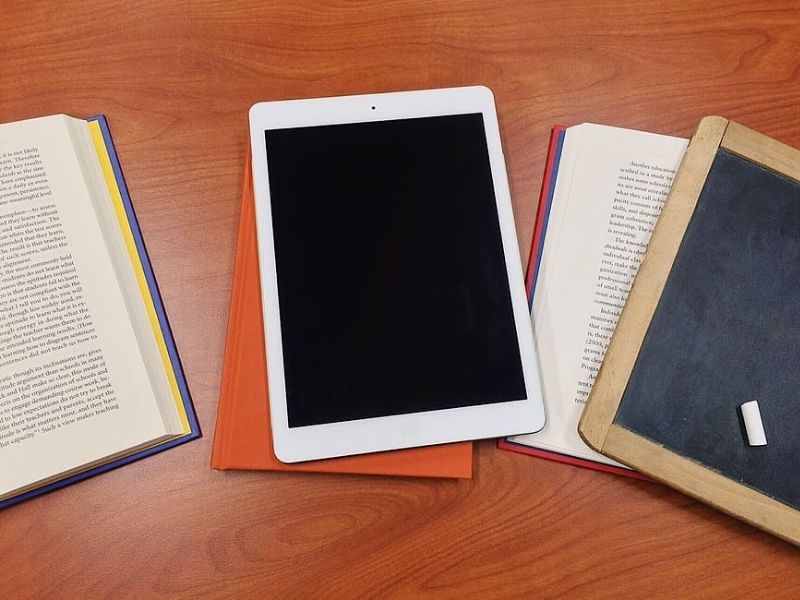– Shirish Gupta, founder, Empowering Young Leaders.
Nelson Mandela famously said, “Education is the most powerful weapon which you can use to change the world.”
And we all know, to make the weapon effective, it must be sharpened regularly. Unfortunately, India has been lagging far behind when it comes to education. While technology has evolved exponentially in the last two decades, India’s education landscape has not evolved much.
Several studies have confirmed that students lack engagement and are unhappy with the education system. According to a recent survey by NCERT, 80 percent of students are not happy. The stress of performing well in exams, completing homework, pressure from parents and teachers to secure good marks, and pressure to maintain good conduct in the class are taking a significant toll on children’s happiness. Infact, it is not much different across the globe. A study conducted by Yale University, USA, revealed that 75 percent students reported negative emotions when asked an open-ended question: “How are you feeling?”. Students replied they were stressed 80 percent of the time and bored at school 70 percent of the time.
Considering this plight of students worldwide, we realise that something must change. We must move away from age-old, conventional teaching methods to new-age innovative approaches to revolutionise our education system.
Here are 5 ways to infuse innovation in education.
Experiential Learning: Learning by merely reading a book and learning by actually doing are at two opposite ends of the spectrum. Just like we can’t learn to drive a car without actually driving it, learning from a book without applying the knowledge can never be effective. We must incorporate experiential learning for students in our classroom. Experiential learning involves creating or simulating reality-based activities that offers students an engaging and immersive learning experience. Alongside this, a key aspect of the experiential learning process is reflecting the experience. Following the learning experience, students should be provided open-ended questions that enable them to evaluate their experience and create a meaning for themselves. In short, use sensory learning by integrating audio, video, and feelings based activities into the curriculum.
Use of Technology: Since technology is evolving rapidly, we must look at ways to incorporate it into the education system. Technology, by itself, is a boon, but using it wisely is the key. There are a plethora of learning options through MOOCs (Massive Open Online Courses). Top universities such as MIT, Harvard, Stanford offer online courses (through Coursera.org, edx.org) that anyone can enroll in and learn from. This is an excellent option for students wanting to learn a subject(s) not offered by their school or college. We can also use Calendar and Reminder apps to help students better organise themselves. Using digital platforms like Google Classroom can provide a comprehensive online learning solution. Teachers can post assignments, projects, videos, and everything. To make learning fun, schools can use gaming technology using Kahoot or quizzes. There are several real-time gamification quizzes for students to make learning engaging and fun.
Circle Time: As cited by NCERT, almost 80 percent of students are unhappy primarily because they are unable to share their real emotions. Keeping their feelings bottled up and not being able to deal with them affects their entire life. Schools must encourage circle time to ensure mental wellbeing of students. Many schools in the Western world organise circle times where every student is encouraged to express about their feelings. Simply sharing and listening to others can help students learn essential skills to deal with their emotions. Developing emotional intelligence and a healthy mindset must be given priority. Also, we must encourage collaboration instead of competition to eliminate peer pressure. Marks should not be given on individual performance but on helping others become better. Education should be about collaboration rather than competition.
No Textbooks: Education must empower students to understand and free themselves from cramming or memorising. Many schools in the USA follow No Textbook policy and use seminars and non-fiction books as tools to teach valuable lessons. Students learn from watching documentaries on Einstein’s Relativity Theory, Newton laws, and other concepts in science. There are ample documentaries available on the web. Without textbooks, students are free to explore any learning dimension instead of being confined by the the limited textbook curriculum. Infact, exams are conducted to check their understanding and application rather than their memory.
Encourage Innovation & Creativity: In today’s increasingly globalised and digitalised world, we need two key skills to maintain our edge over machines i.e., Innovation and Creativity. Unfortunately, most schools prepare students to get a job. Machines are eliminating most of these jobs and as per a research study conducted by Oxford University, 47 percent of jobs will be wiped out in the next two decades. Schools and colleges must focus on nurturing creativity and innovative spirit from a young age. Setting up innovation centres, incubation centres, and creativity labs cab help students learn these skills early in life.
These are some of the easy-to-implement unconventional teaching methods that can enable our youth to discover their true potential and help them create a happy and meaningful life. Now is the time to make the leap.
The views, thoughts, and opinions expressed in the article belong solely to the author, and not necessarily reflect the views, thoughts, and opinions of EducationWorld.
